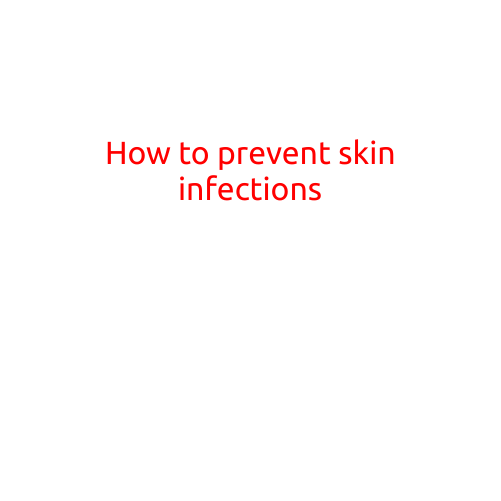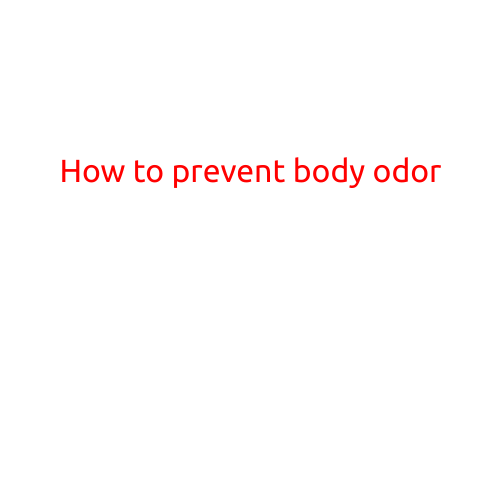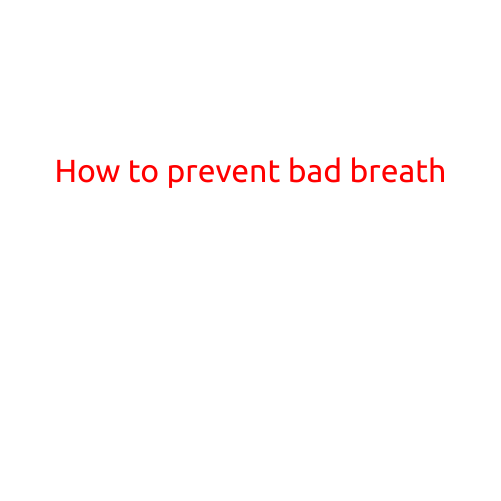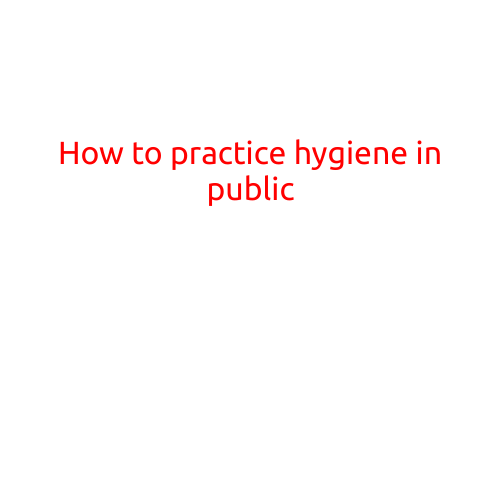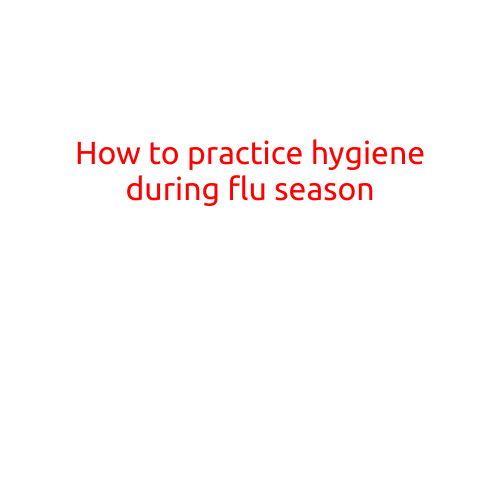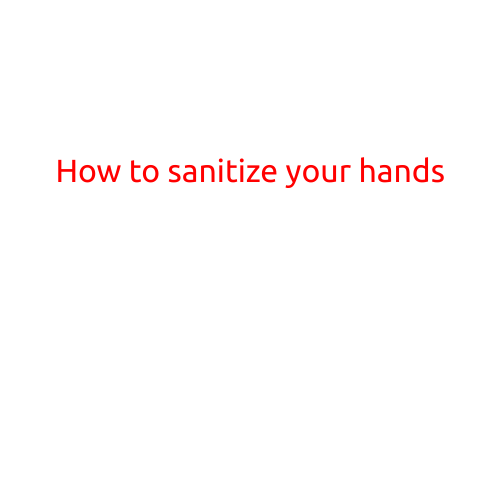
How to Sanitize Your Hands
Hand hygiene is one of the most important steps in preventing the spread of illnesses and infections. With germs and bacteria present almost everywhere, it’s crucial to practice good hand hygiene to keep yourself and those around you healthy. In this article, we’ll guide you on how to properly sanitize your hands using the World Health Organization’s (WHO) recommended technique.
Why Sanitize Your Hands?
Germs and bacteria can cause a range of illnesses, from the common cold to more serious conditions like pneumonia and even life-threatening infections. These microorganisms can be found on every surface, including doorknobs, keyboards, and even your own skin. When you touch your eyes, nose, or mouth, you can transfer these germs directly into your body, making you more susceptible to infection.
The WHO Hand Sanitizing Technique
The WHO recommends using a hand sanitizer that contains at least 60% ethanol or 70% isopropanol. Here’s how to properly sanitize your hands:
- Wet Your Hands: Before applying the hand sanitizer, wet your hands with clean, running water.
- Apply the Sanitizer: Take a sufficient amount of hand sanitizer (about the size of a quarter) and apply it to the palm of your hand.
- Rub the Sanitizer: Rub the hand sanitizer all over your hands, making sure to cover all surfaces, including:
- The backs of your hands
- Your palms
- Between your fingers
- Your wrists
- The tops of your fingers
- Rub for 15-30 Seconds: Continue rubbing the hand sanitizer for at least 15 seconds to ensure it covers all areas thoroughly.
- Allow the Sanitizer to Dry: Let the hand sanitizer dry completely before touching anything or performing any activities.
Tips and Reminders
- Use a hand sanitizer that contains at least 60% ethanol or 70% isopropanol.
- Apply enough hand sanitizer to cover all surfaces of your hands.
- Rub the hand sanitizer for at least 15 seconds to ensure it covers all areas thoroughly.
- Avoid touching your face, eyes, or mouth until your hands are dry.
- Use hand sanitizer in addition to washing your hands with soap and water.
- Keep hand sanitizer at your workstation, in your car, or in your bag to ensure it’s always readily available.
Additional Ways to Practice Good Hand Hygiene
- Wash Your Hands: Washing your hands with soap and water is still the most effective way to remove dirt, grime, and germs from your skin.
- Avoid Touching Your Face: Try to avoid touching your eyes, nose, and mouth as much as possible, as these are the most common entry points for germs.
- Cough and Sneezing: Cover your mouth and nose with a tissue when you cough or sneeze, and dispose of the tissue properly.
- Clean and Disinfect: Regularly clean and disinfect high-touch surfaces and objects, such as doorknobs, light switches, and remotes.
Conclusion
Practicing good hand hygiene is one of the simplest and most effective ways to prevent the spread of illnesses and infections. By following the WHO’s hand sanitizing technique and incorporating it into your daily routine, you can significantly reduce your risk of getting sick. Remember to always use a hand sanitizer that contains at least 60% ethanol or 70% isopropanol, and don’t forget to wash your hands with soap and water when possible. By taking these simple steps, you can help keep yourself and those around you healthy and happy.
